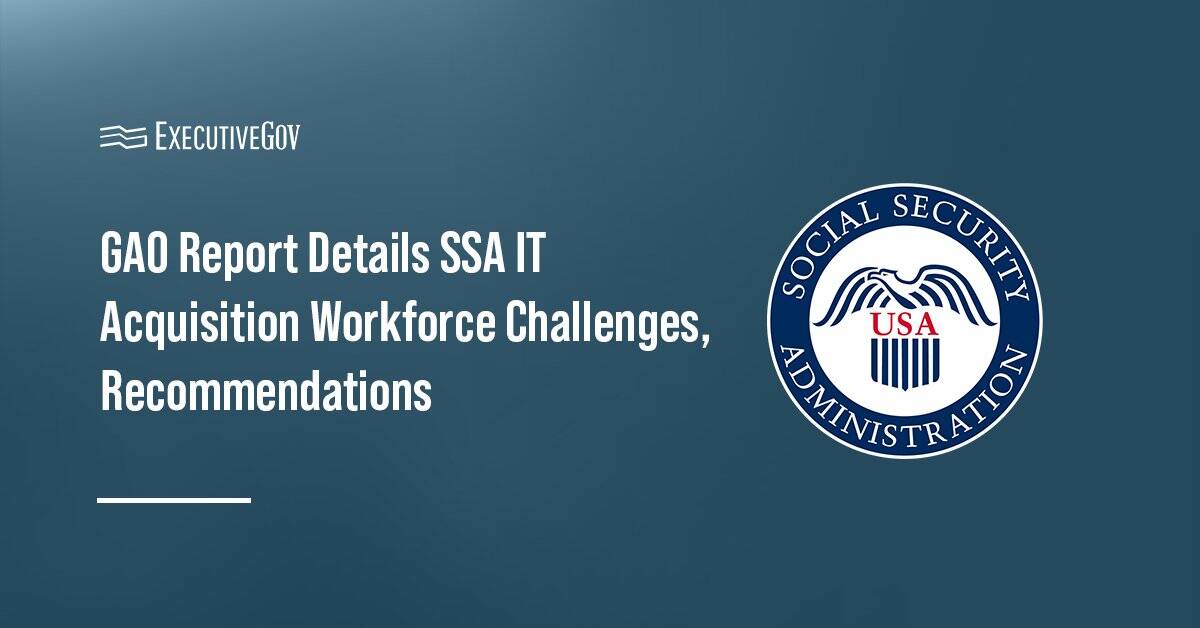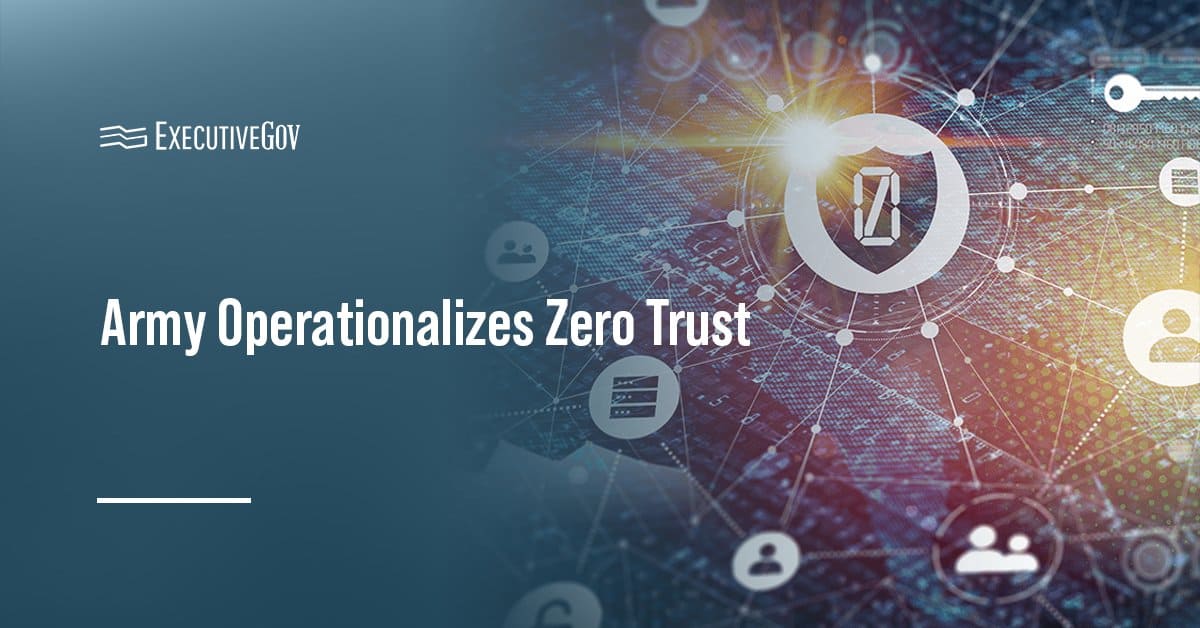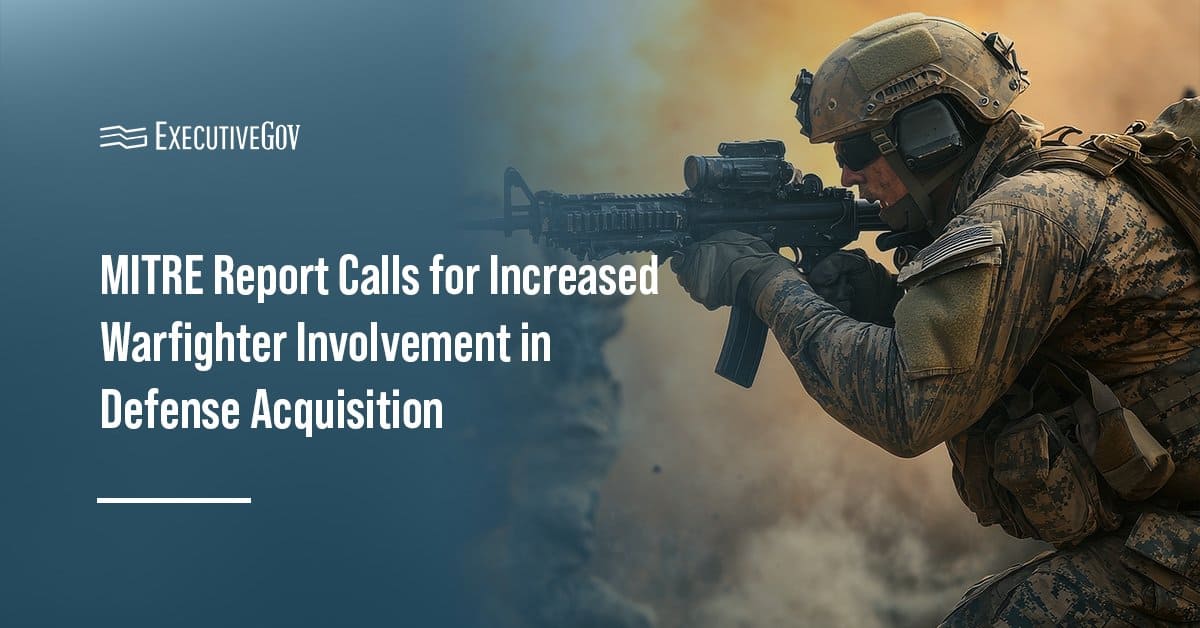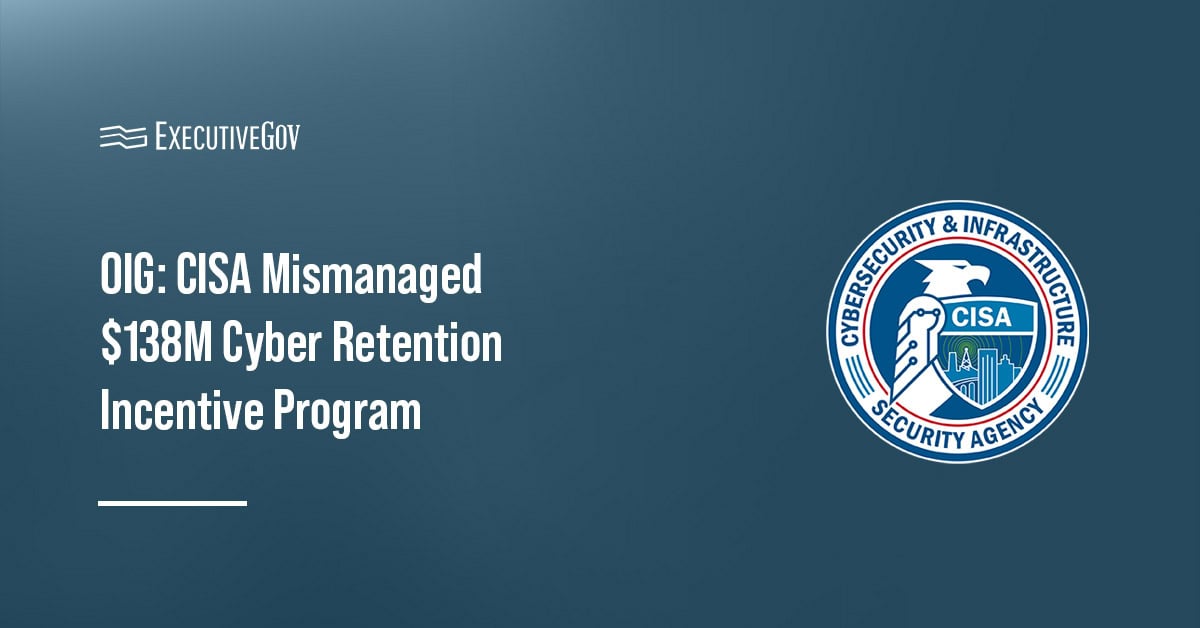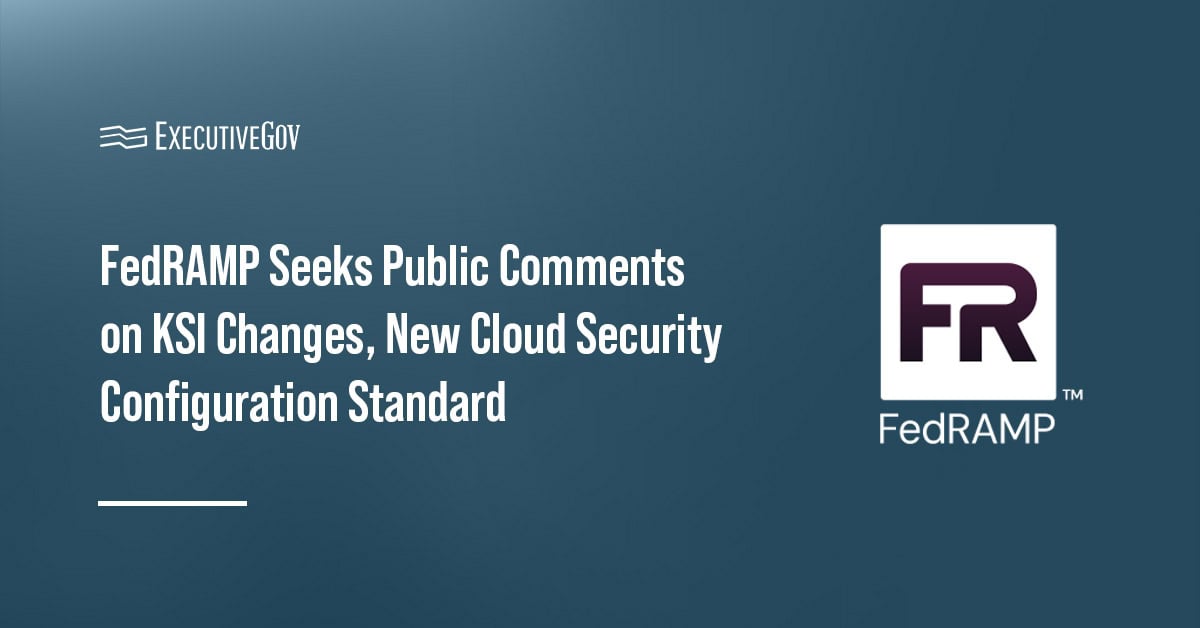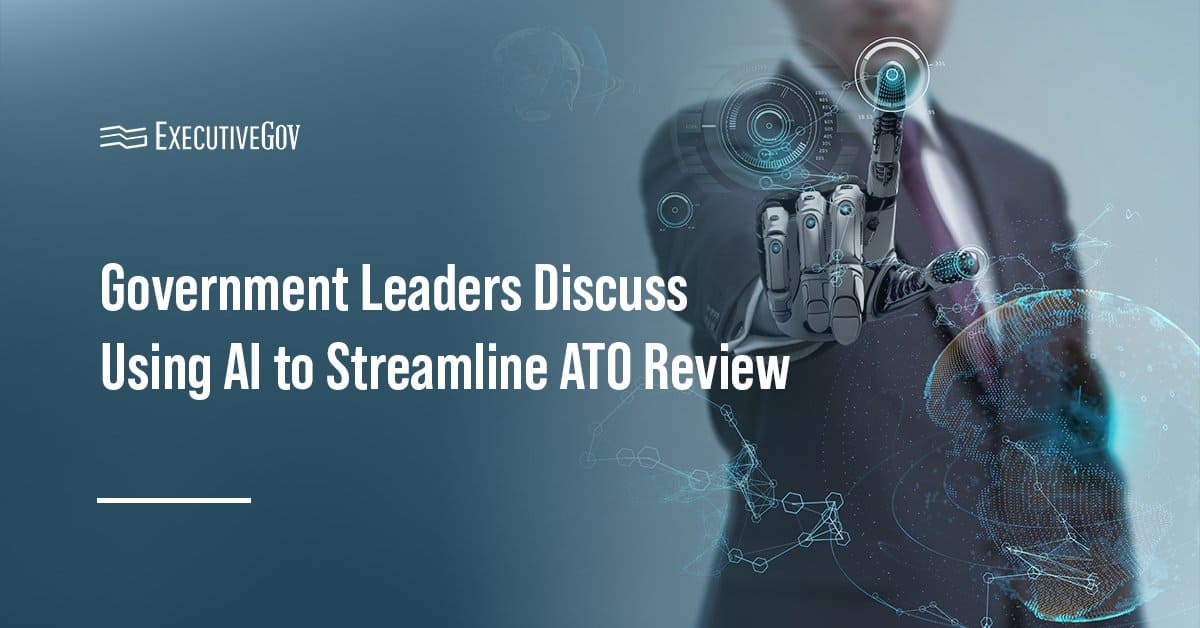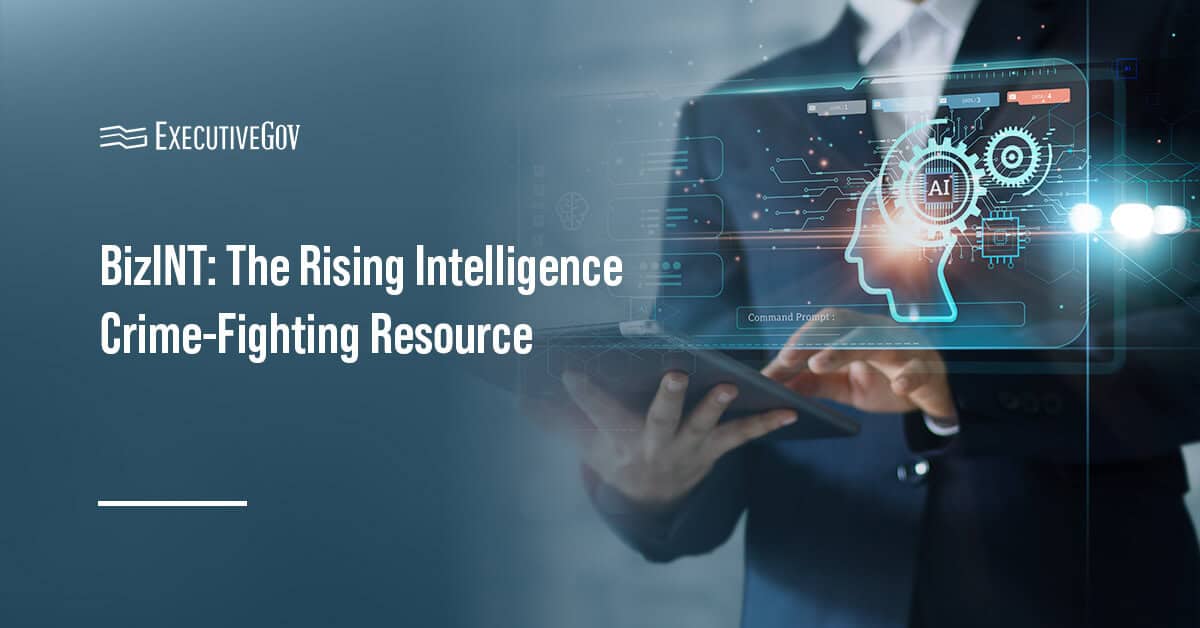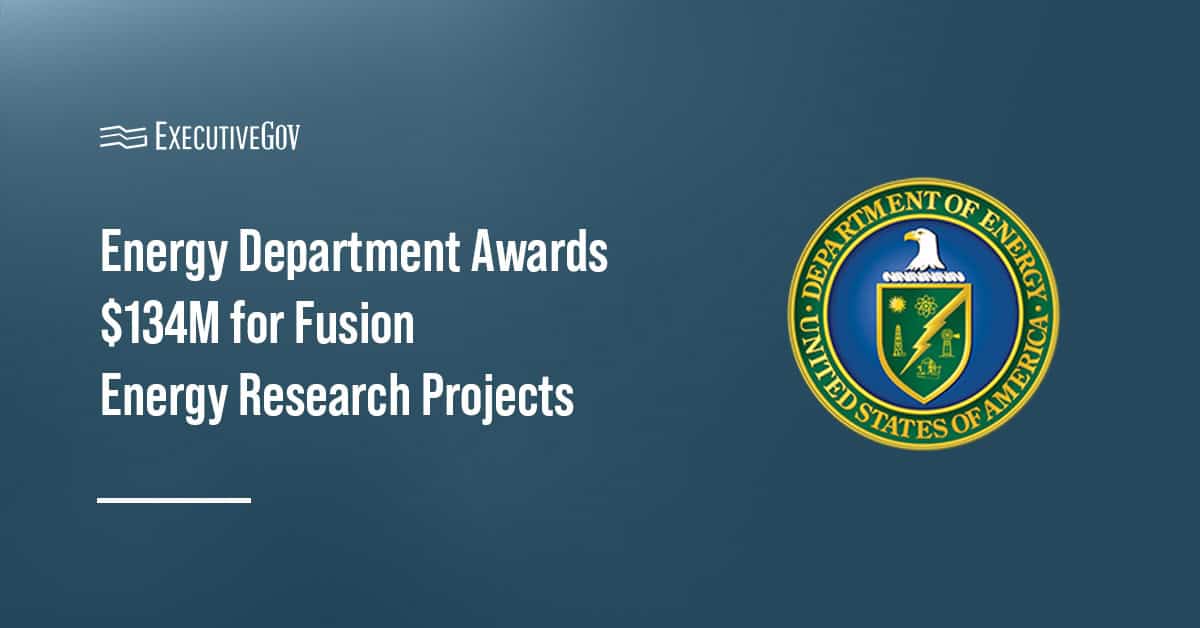The Government Accountability Office has released a new report noting the significant challenges facing the Social Security Administration, particularly its IT acquisition workforce.
Table of Contents
SSA Staffing & Training Deficiencies
According to the GAO report published Monday, SSA has limited data on staff workloads, particularly of contracting officials involved in awarding and managing contracts for acquiring and maintaining over $1.4 billion of IT hardware and software purchased annually since 2020. In addition to the lack of acquisition staff workload data, SSA has not upgraded its training plan since 2019, resulting in a lack of necessary skills within the workforce.
GAO Recommendations
GAO issued three recommendations to address said challenges. First, the SSA commissioner should ensure the senior procurement executive assesses and documents staffing needs using quality workload data. Second, a training plan should be developed and implemented to resolve competency gaps in acquisition. Finally, the SSA commissioner must also ensure the chief information officer will evaluate and document the staffing needs of the IT contracting officer’s representatives.


